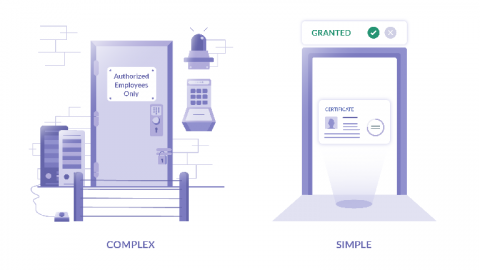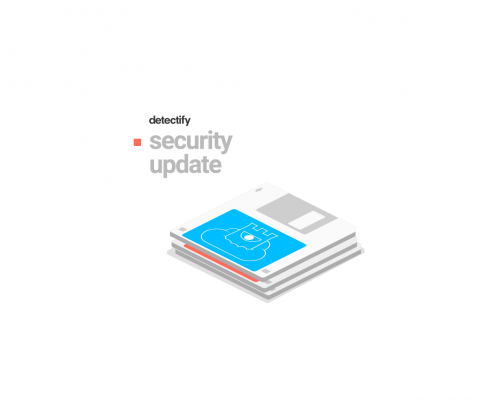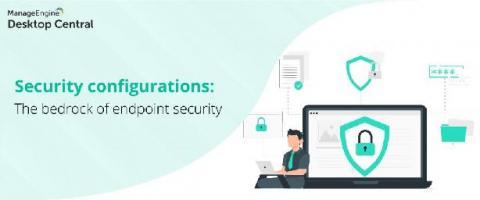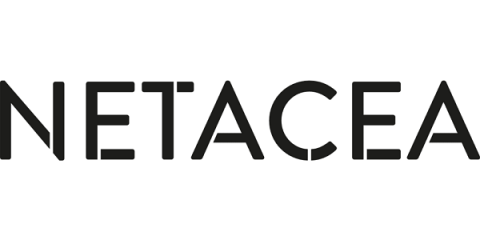The MITRE ATT&CK Framework: Discovery
The Discovery tactic is one which is difficult to defend against. It has a lot of similarities to the Reconnaissance stage of the Lockheed Martin Cyber Kill Chain. There are certain aspects of an organization which need to be exposed in order to operate a business. What is the MITRE ATT&CK™ Framework? - YouTube An error occurred. Try watching this video on www.youtube.com, or enable JavaScript if it is disabled in your browser.











